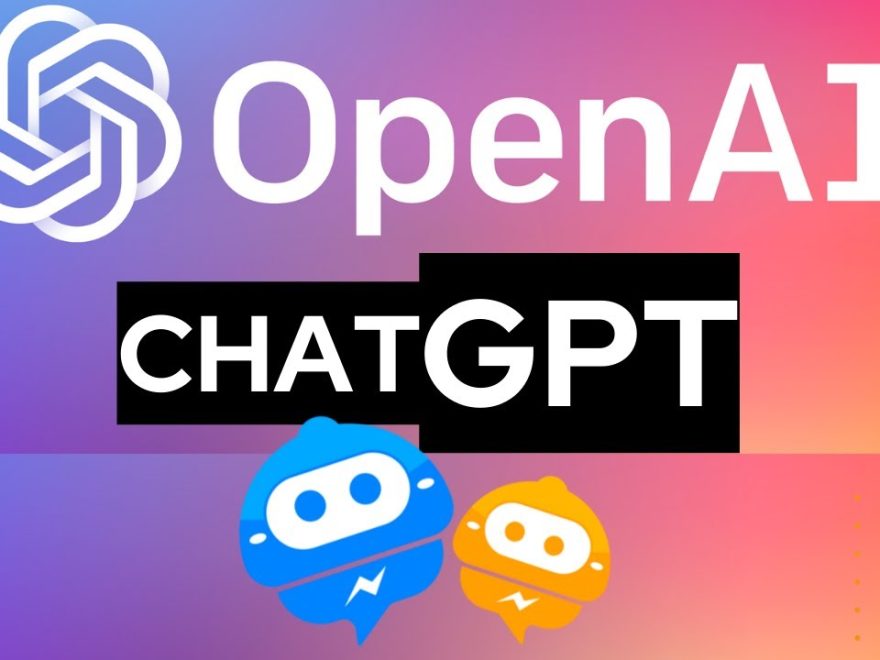The danger of ChatGPT, or any large language model, lies in its ability to generate human-like text that can be difficult to distinguish from real content. This can have serious consequences if the model is used to generate malicious or misleading content, such as fake news or scam emails.
One of the main risks of ChatGPT is that it can be used to create convincing, yet false, information that is spread online. This is particularly concerning given the ease with which information can be shared on the internet and the potential for it to reach a wide audience quickly. In some cases, this false information can have serious consequences, such as when it is used to spread misinformation about health or safety issues or to manipulate public opinion about a particular topic.
Another potential danger of ChatGPT is that it can be used to create convincing phishing emails or other types of scams. These types of scams often rely on convincing, yet false, messaging to trick people into giving away personal information or money. If a ChatGPT model were to be used to generate these types of scams, it could be particularly effective at tricking people, as the messages would be written in a way that is difficult to distinguish from real content.
There is also the risk that ChatGPT or other large language models could be used to automate certain types of online harassment or abuse. For example, a model could be trained to generate threatening or hateful messages, or to impersonate someone online in order to harass or defame them.
One way to mitigate these risks is to be cautious when interacting with online content and to verify the information that is being shared. It is also important for organizations and individuals to be transparent about their use of large language models, and to take steps to ensure that they are not being used for malicious purposes.
In conclusion, ChatGPT and other large language models have the potential to generate convincing, yet false, content that can be difficult to distinguish from real information. This can have serious consequences if the model is used to spread misinformation or to create scams or other types of online abuse. It is important for individuals to be cautious when interacting with online content and for organizations and individuals to be transparent about their use of large language models to ensure that they are not being used for malicious purposes.
How to distinguish Chatgpt-generated content from human-generated content?

There are a few ways to distinguish ChatGPT-generated content from human-generated content:
- Look for signs of automation: ChatGPT and other large language models are designed to generate text that is similar to human language, but there may be certain telltale signs that the content was generated by a machine. For example, the text may be lacking in natural-sounding phrasing or may include repetitive words or phrases.
- Check for inconsistencies: ChatGPT-generated content may contain inconsistencies or errors that a human writer would not make. For example, the content may contain factual errors or may be internally inconsistent.
- Check the source: If you are unsure whether a piece of content was generated by a machine or a human, it can be helpful to check the source of the content. If the content was generated by a machine, it is likely that the source will be a software program or a website that uses machine learning algorithms.
- Use fact-checking tools: There are a number of online tools that can help you fact-check the accuracy of the information that you come across online. These tools can help you verify the accuracy of a piece of content and determine whether it was generated by a machine or a human.
- Consult with experts: If you are still unsure whether a piece of content was generated by a machine or a human, you may want to consult with experts in the field of natural language processing or machine learning. These experts may be able to help you determine the origin of the content based on its language and style.
